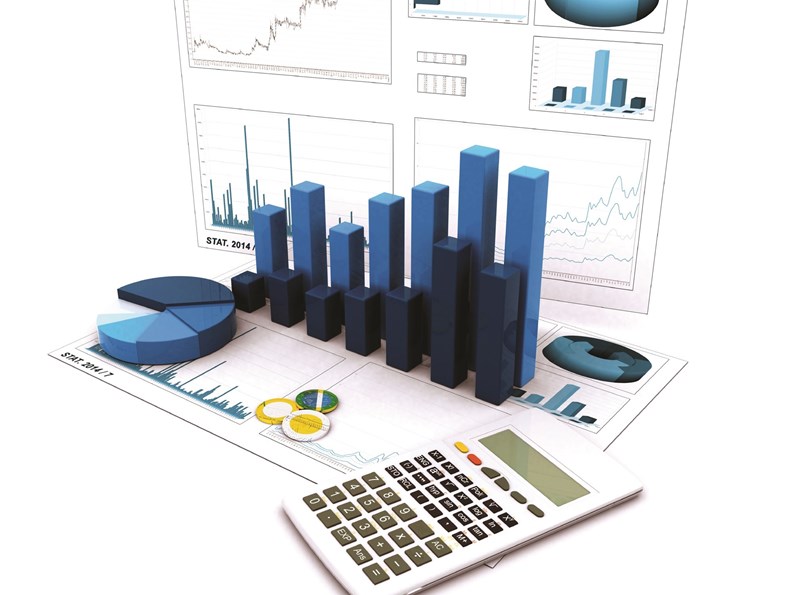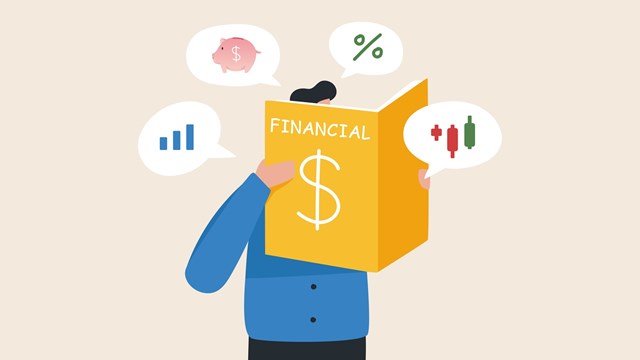Any manager or trustee who has been around for at least three years has noticed the recent sharp turn in the real estate marketplace—from red hot in 2005 to ice cold in 2008. How could that have happened? What are the politicians saying about this bust and what are their solutions?
While the various cures for the downturn are important and worthy of study, what is more important to your personal economic security is learning how to discern where we are in the boom-bust cycle, and understanding how to predict (with some accuracy) future transitions from boom to bust.
This article, therefore, is focused on leveraging the endless boom-bust cyclefound in the real estate market.
A Short Trip Down Memory Lane
A few years ago, we were reading about the endless real estate boom with infinite opportunities to buy an even larger home, with little or no money down. We were reading articles about demographic trends, as well as a never-endingstream of immigrants, legal and illegal, pouring into this country, adding new demand for housing.
We couldn’t turn on the TV without seeing shows about “flipping homes,” often done by first-time investor owners. And yes we have heard the two biggies: 75% of all Americans who become millionaires made their money in real estate; and “They ain’t making more land,” so as we have more people, prices must go up.
What are we reading today?
Now we are reading the very opposite – real estate foreclosures are at an all-time high, since no one can afford their mortgage payments and higher fuel costs. We hear that no bank is loaning money, so real estate is now basically worthless.
How can both of these views be true only 24 months apart?
Famous investor Warren Buffet recently noted, in essence, “Markets are nothing more, but nothing less, than a group of people. And people in markets are just like people everywhere – when things are too good they can get greedy and when things get very bad, they can get full of fear.”
So while we may wish to believe that markets are very efficient processors of information, this is only true in calmtimes. At the very end and beginning of cycles, the marketplace for real estate (or stocks or any other asset) is very emotional. By 2004, the real estate market was becoming greedy, and by 2006, that greed was causing funds to pour in as if making money in real estate was guaranteed.
But once there were no more renters left to buy their first unit, as immigration crackdowns scared away potential new buyers, as fewer homeowners were looking to buy even largerMcMansions, as banks started to see a slowdown in payments on their most risky loans, and as investors learned that “flipping houses” was not as easy as it appeared on TV, the activity came to an abrupt halt in 2007.
And now, in 2008, we have the perfect storm and the lawyers are starting to process the mess — foreclosure actions on homes are proceeding as fast as law firms can move the paperwork through their offices and into the courts.
Lessons?
Once you see any market go from slightly positive to red hot, it is time to stop investing in that market. If you own only a home, you can’t likely sell your home and start to rent again. But if you are an investor/owner, a red-hot market is time to stop buying and start selling off some of your inventory. The last red-hot market, prior to 2004-2006, was in 1985-1988.
On the downside, the ice-cold market ran from 1989-1993. Nearly anyone who purchased real estate during that cold market noticed a massive increase in the value of their home, with investment real estate moving up even faster.
Examples?
In Framingham, Massachusetts, a large developer converted apartment units to condos in 1984, selling 2-bedroom units for about $75,000. At the peak in 1988, these reached $100,000.
Yet when the bust occurred, these condos fell all the way down to about $25,000. Yes, $25,000.
By 2006, these same units had raced back to $200,000. And today? With no one buying and with banks foreclosing on many units in this specific section of town, units are selling for $75,000. Yes, down to $75,000.
A Tidy Profit
If you had the foresight to buy near the bottom, or paid twice the rock bottom price, you could have paid $50,000, and as an investor, put down $10,000-$15,000. And if you held that for ten years, from 1995-2005, selling well below the peak, at $150,000, you would have made $100,000 on your $10,000-$15,000 investment, plus made a small profit on the rental income and significant tax advantages from IRS depreciation rules.
Please note that this example assumes that you paid twice the rock bottom price and you sold $50,000 lower than the peak price. If you purchased one condo for each of your children, you would have turned $15,000 into four years of college at a state school or two years at a private college. And if you are concerned about retirement, each two-bedroom unit, after the mortgage is paid off, would generate an additional$500/month of retirement income.
So what this example shows is the power of the business cycle and havinga mortgage to dramatically leverage your own, long-term financial health.
No one can accurately predict the rock-bottom level or the highest peak price, nor is the past a guarantee of what will occur in the future. Yet, overthe centuries, there have been booms and busts in nearly all markets. Thus, if you have the discipline to only buy when the market is in a bust cycle, you need not wait for the perfect rock bottom, as at some point the market will rebound and your discipline will be handsomely rewarded.
(Mr. Levy purchased more than a dozen units in the last bust cycle. And yes, he is now back in the market, looking for more units to buy, putting his money where his words are.)
David J. Levy, PCAM, is the principal of Sterling Services in Holliston, Massachusetts.







Leave a Comment